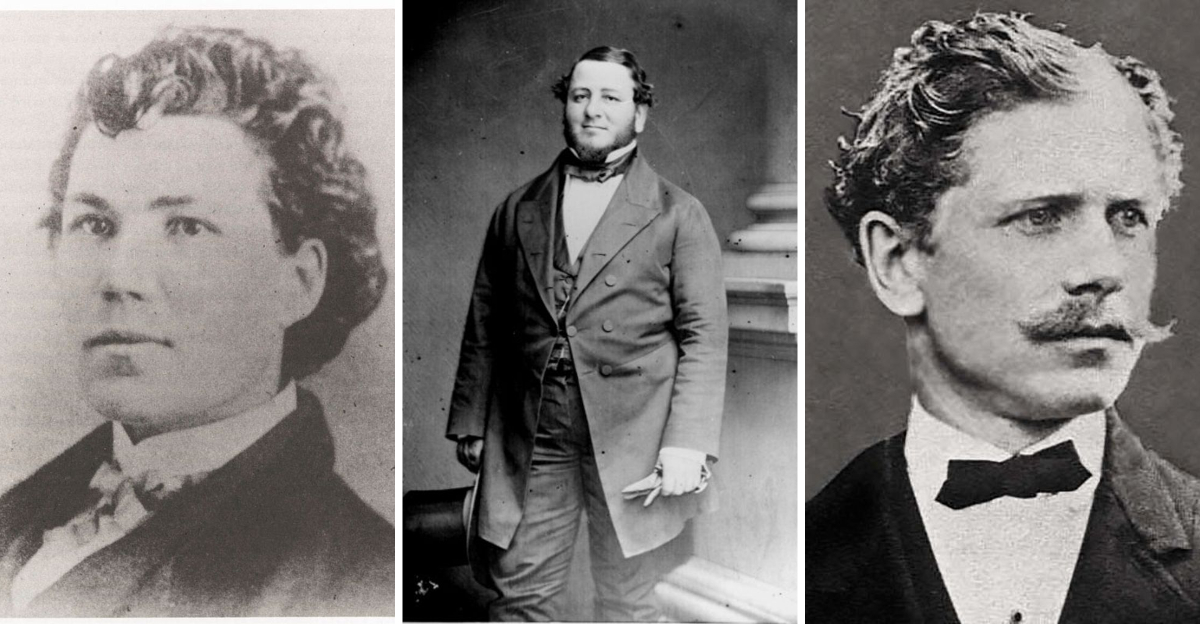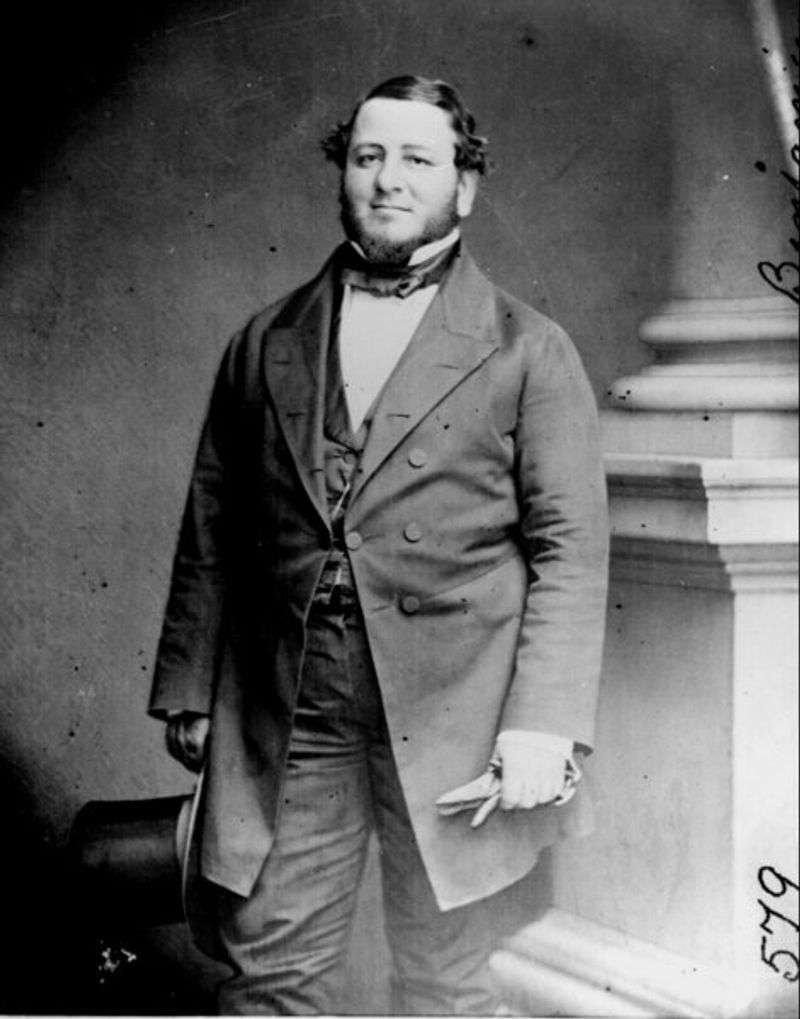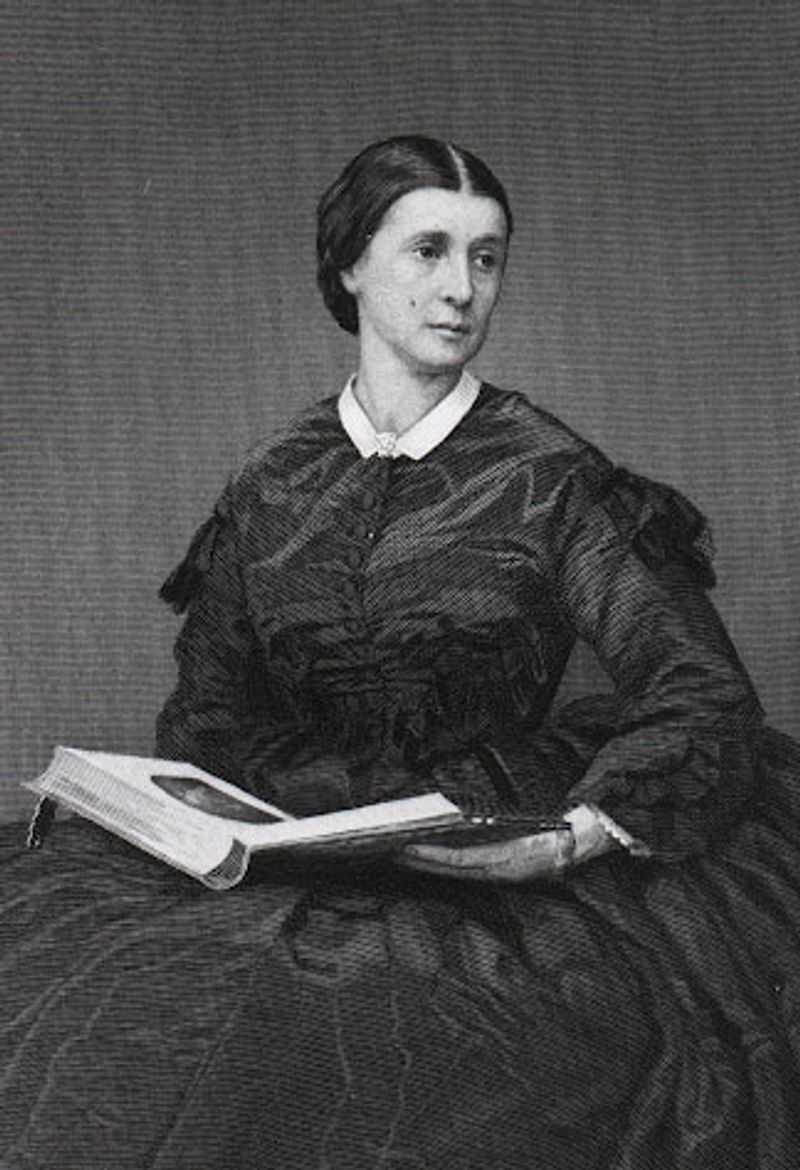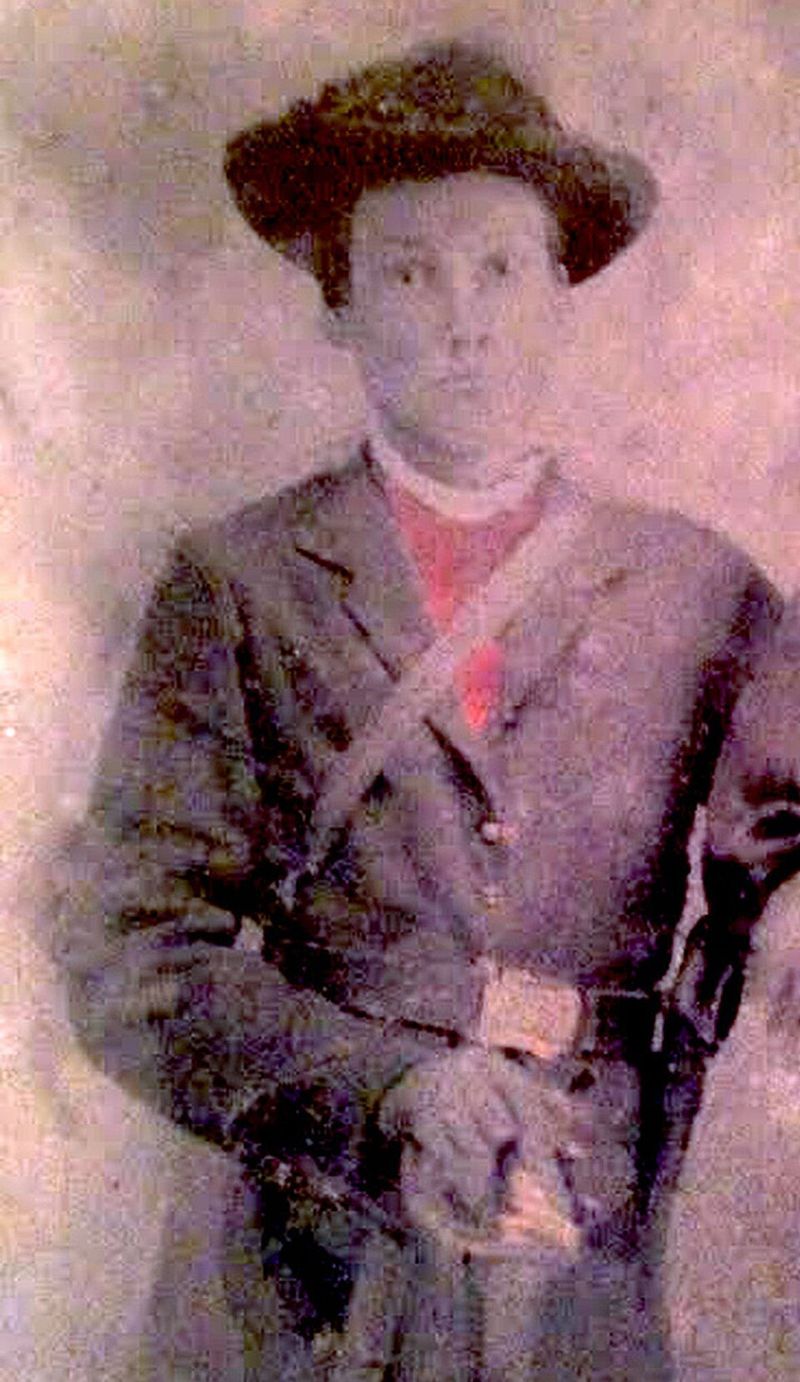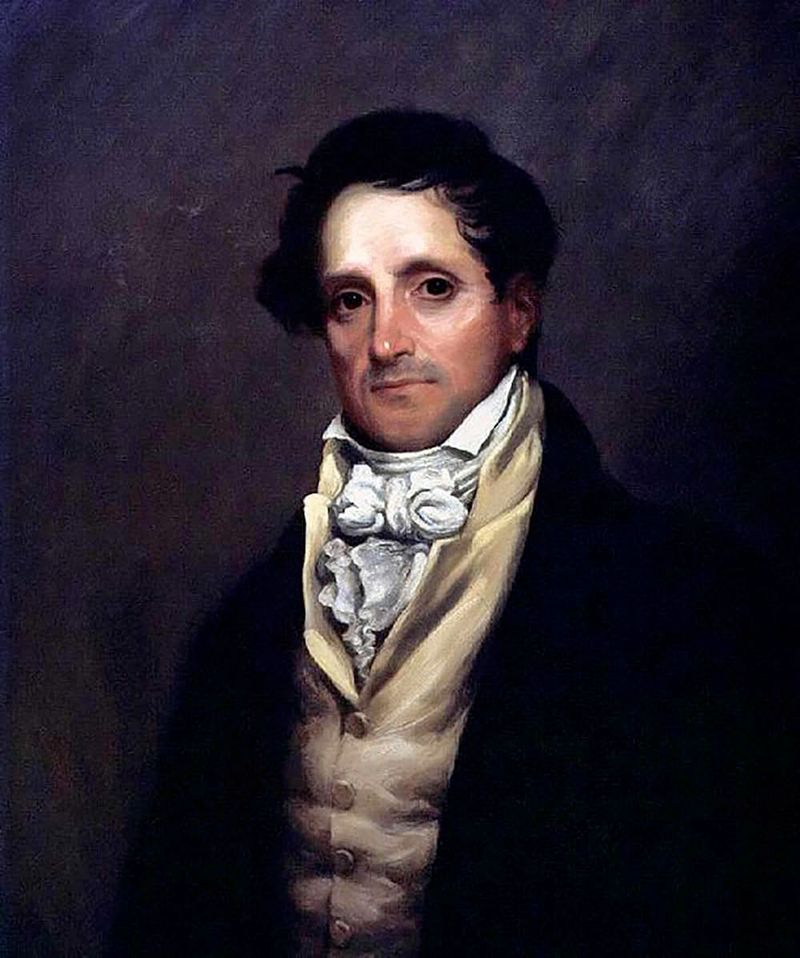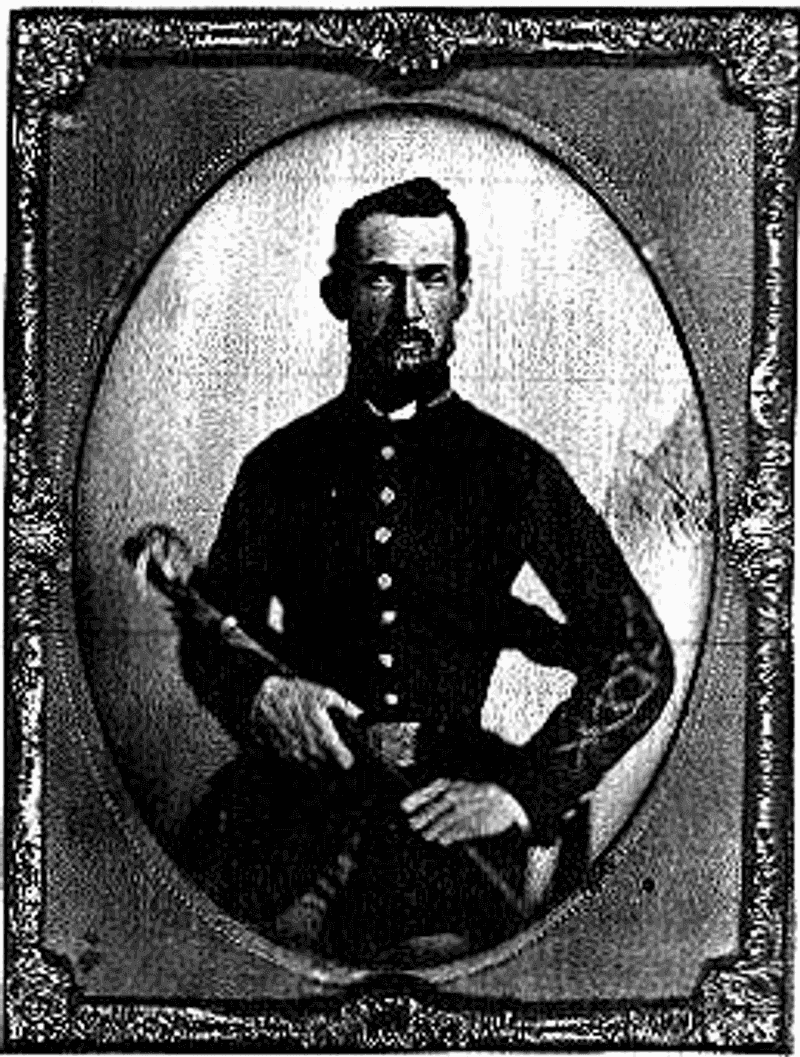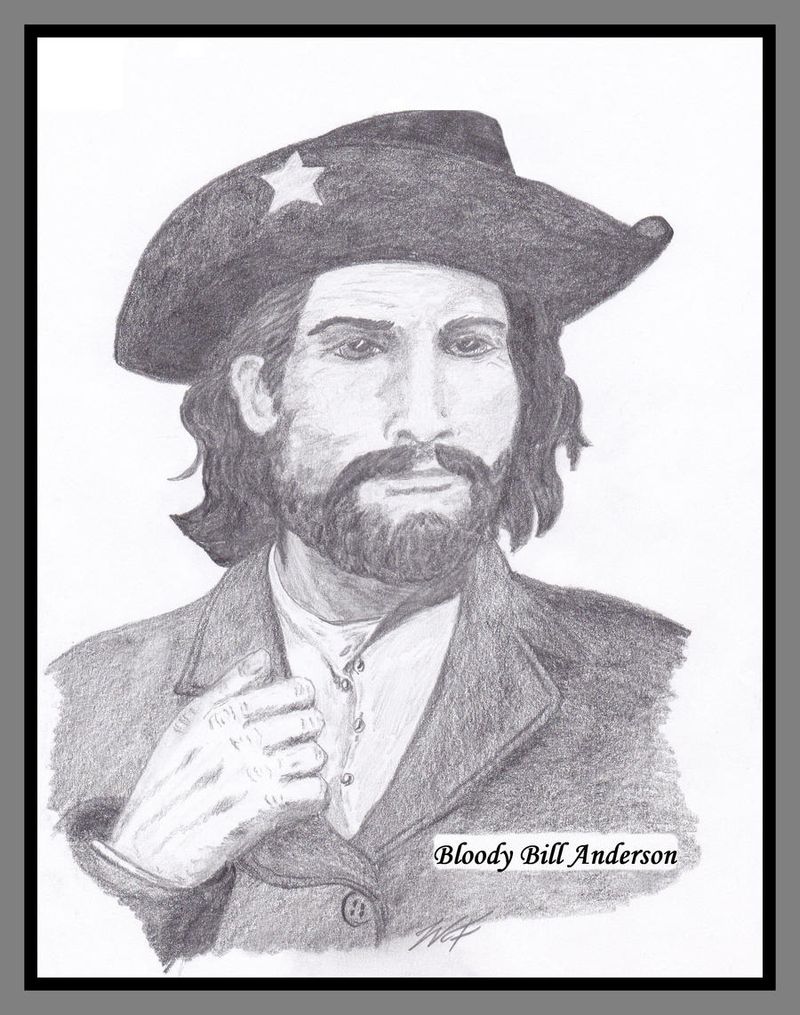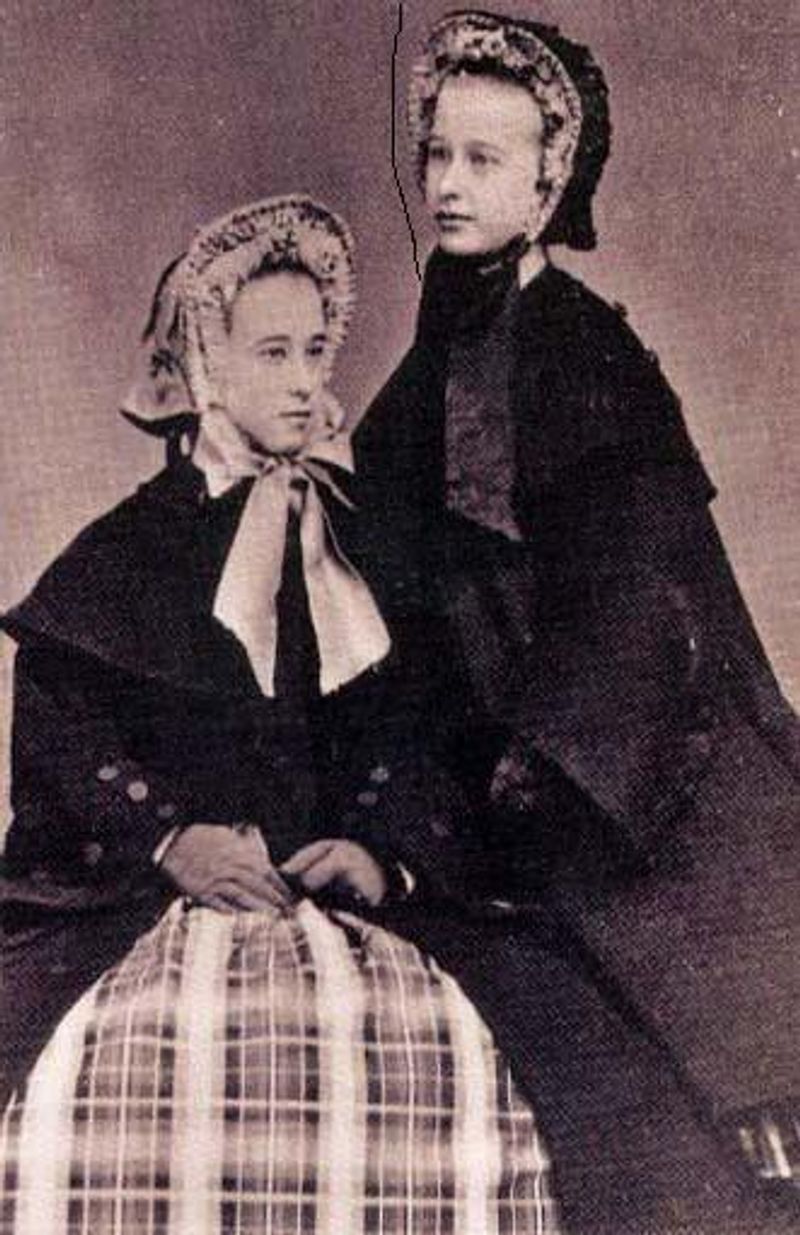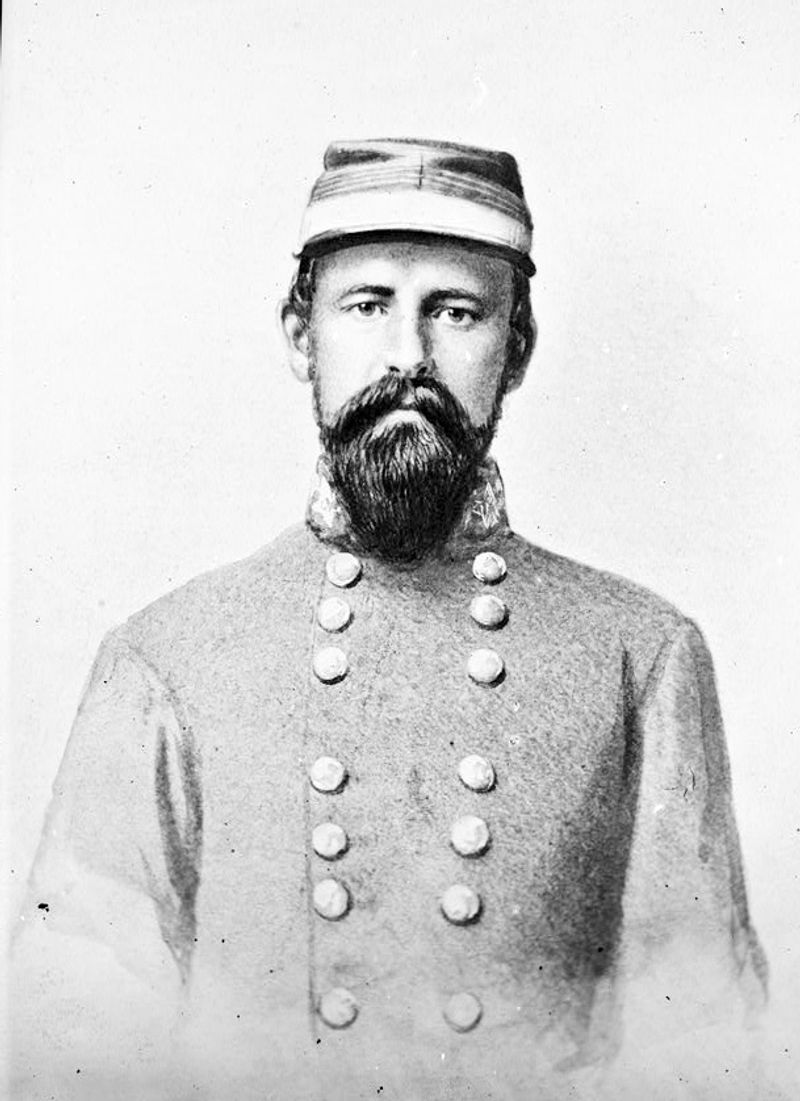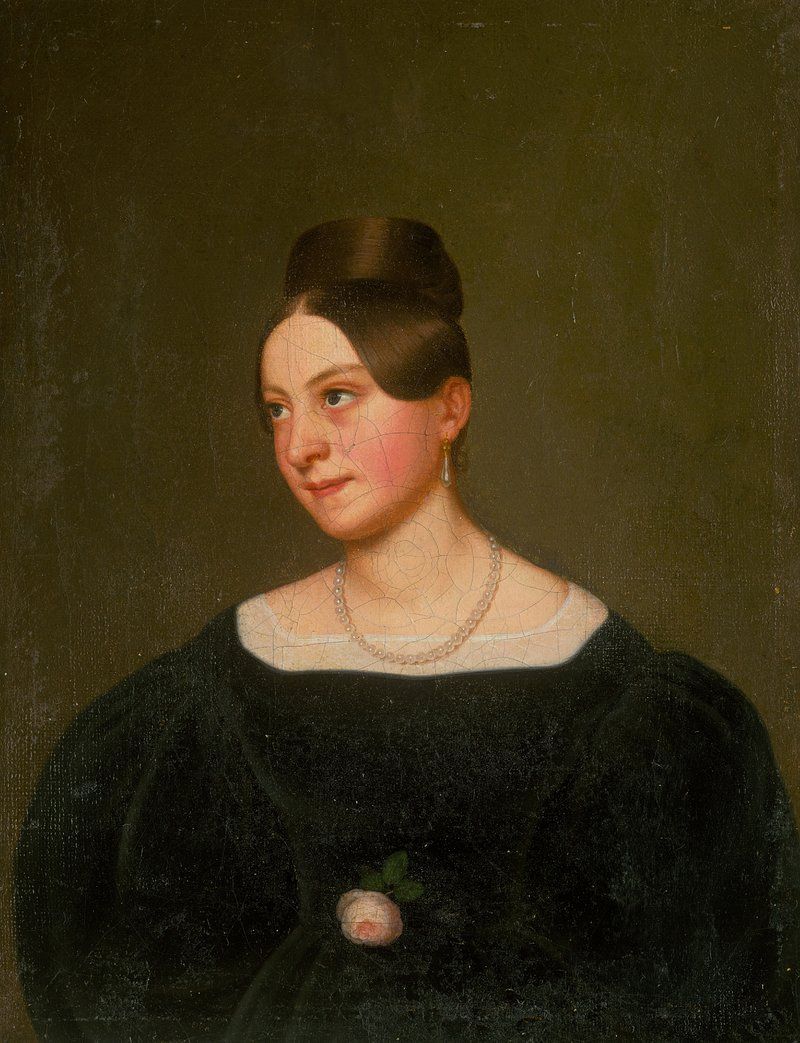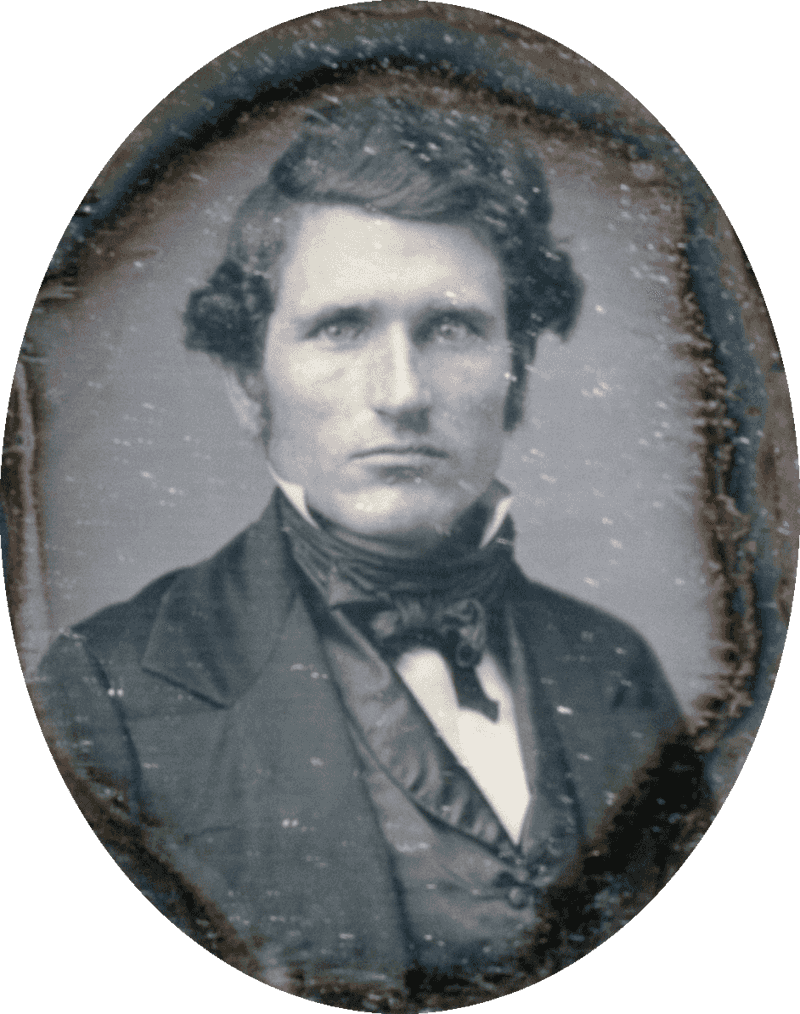The American Civil War is a tapestry rich with powerful narratives, both heroic and mysterious. Among its stories, a select few stand out—figures who not only left their mark on history but vanished into the ether, leaving behind tales of intrigue and mystery. This blog post explores these enigmatic individuals, each with an extraordinary story that defies the passage of time. Follow the trails of rumor, exile, and reinvention to meet the legends who stepped off history’s stage and never returned.
Judah Benjamin
Judah Benjamin, the Confederate Secretary of State, disappeared from the American stage after the war and remade himself in England. Pursued by possible indictments, he slipped through the Caribbean, adopting aliases before quietly resurfacing as a prominent barrister. His reinvention underscores the war’s aftermath: loss, exile, and the necessity of adapting to survive. Benjamin’s later years are shadowed by conjecture—secret patrons, discreet networks, and guarded correspondence. Though his London legal career is documented, the lacunae around his flight and early exile invite speculation. Did clandestine sympathizers shepherd him across borders, or did his own cunning suffice? Benjamin’s tale endures as a study in transformation: a brilliant mind shedding one identity for another, leaving behind a swirl of rumor that keeps his vanishing act alive in Civil War lore.
William Quantrill
William Quantrill carved his legend in fire and fear, leading ruthless guerrilla raids across Missouri and Kansas. Official accounts place his death in 1865, yet contradictory sightings persisted, sketching a fugitive who slipped through history’s cracks. Stories claimed he healed from wounds, adopted a new name, and drifted west. Others insisted a lookalike died in his stead, while the real Quantrill vanished beyond the frontier’s shifting edges. The murk suits his myth: a man of ambushes, masks, and treacherous terrain. Whether dead in 1865 or living quietly under an alias, Quantrill’s afterlife lives in rumor. Each whispered report extends the legend, fusing the lawlessness of the border wars with America’s appetite for outlaws who never quite meet the noose.
Colonel John Singleton Mosby
John Singleton Mosby, the Gray Ghost, perfected disappearance long before peace arrived. His lightning raids and vanishing cavalry made him a folk hero, and after the war he retreated into ambiguity. Rumors placed him under assumed names in far-flung towns, still slipping through the cracks as if the campaign never ended. Some say he consulted in the West, others that he cultivated a quiet civilian life free of stagecraft. The uncertainty seems apt for a man whose tactics hinged on impermanence. Even documented public roles feel like afterimages, not definitive arrivals. Mosby’s legend persists in the gaps—footprints fading into dew, a letter without a return address. His story endures where fact blurs into haze, the Gray Ghost haunting the margins of memory.
Ambrose Bierce
Ambrose Bierce, Union veteran turned satirist, walked willingly into mystery. In 1913 he headed south into revolutionary Mexico, chasing the sharp edge of history with a reporter’s pen. Last seen near Chihuahua, he left behind a scatter of letters and hypotheses: execution, illness, escape, or a deliberate shedding of identity. Bierce had long flirted with darkness in his writing; vanishing was an art he could appreciate. Each theory reflects a different Bierce—martyr, wanderer, trickster, ghost. The lack of remains or definitive witnesses only amplifies the allure. As his fragments trail off, the man becomes his own aphorism—terse, mordant, unfinished. His disappearance binds the Civil War’s scars to a later revolution, a final march into the unknown that mirrors his ruthless prose.
Rose O’Neal Greenhow
Rose O’Neal Greenhow moved through salons and shadows, her intelligence network shaping early Confederate fortunes. Officially, she drowned off the North Carolina coast returning from Europe, gold sewn into her garments pulling her under. Yet whispers suggest a staged death, a deft escape from capture and scandal. The spy’s life invites such conjecture—aliases, coded letters, and diplomatic intrigues blur the edges of truth. Whether the sea claimed her or secrecy preserved her, Greenhow’s legend persists in the wash between rumor and record. She symbolizes the peril and audacity of wartime espionage, a woman whose influence transcended gendered constraints. In the end, her fate echoes her craft: submerged meanings, concealed passages, and a final chapter written in invisible ink.
Sam Davis
Sam Davis, the Boy Hero of the Confederacy, faced execution with remarkable composure at just twenty-one. His reported death is solemn record, yet a fringe of stories insists he slipped free—a daring rescue, a switch, a vanished body. These tales reveal more about yearning than proof, recasting tragedy as survival. Davis’s legend is youth immortalized, courage refusing an ending. Communities wove his defiance into monuments and memory, while skeptics note the absence of credible alternatives. Still, rumor lingers where grief and pride meet. Whether he died on the scaffold or escaped its shadow, Davis remains a symbol of steadfast resolve, an unfinished ballad sung in hushed tones whenever the war’s youngest ghosts are named.
William Mumford
William Mumford’s execution for tearing down a Union flag marked him as a potent symbol of defiance. Official accounts recorded his death, yet the absence of a returned body seeded grim folklore—secret burials, spectral warnings, or clandestine survival. Such stories speak to a city’s bruised pride and the human need to imagine alternate endings. Mumford himself fades behind the narratives others imposed, a man transformed into emblem. The unresolved details—where his remains lay, who witnessed what—sustain a low, persistent mystery. In the war’s moral fog, even a civilian act drew legendary weight. Whether martyr or myth, Mumford’s name survives, stitched to the complicated memory of occupation, outrage, and the unresolved debts of war.
Belle Boyd
Belle Boyd spun intelligence from charm, wit, and theatrical poise, relaying secrets that rattled Union lines. After the war, tours and memoirs kept her visible, but records dim unexpectedly, and rumors hint at name changes and flights abroad. The gaps invite speculation: reinvention to escape creditors or infamy, or a quiet retreat from a stage grown cold. Her legacy thrives where documentation thins, proving how fame can both spotlight and distort. Boyd’s story exemplifies the hidden labor of women in wartime, operators whose lives were built on secrecy. If she vanished, it was a spy’s final instinct—control the narrative by controlling the trail. The enigma completes her portrait more effectively than any ledger could.
James Kirke Paulding
James Kirke Paulding, once Secretary of the Navy and literary notable, retreated from public discourse as the nation fractured. His sharp criticisms of Lincoln cooled into silence, and then into absence. The vanishing act may owe more to age and disillusion than conspiracy, but the timing—amid national cataclysm—invites intrigue. Correspondence thins; appearances cease; rumors grow. Was it principled withdrawal, or strategic self-erasure in a climate seething with suspicion? Paulding’s eclipse mirrors an older generation eclipsed by war, their influence dimming as new realities took hold. His disappearance from the record feels emblematic: a statesman stepping offstage as the republic’s arguments turned to gunfire, leaving researchers to question whether his quiet was choice, necessity, or both.
Confederate Colonel John Baylor
John Baylor, fierce defender of Confederate ambitions in the Southwest, reportedly fled Texas as the Confederacy collapsed. Border rumors placed him in Mexico, trading uniforms for survival, but reliable traces fragment quickly. His leadership had radiated certainty; his finale radiates ambiguity. Did political baggage drive him into obscurity, or did a new life demand silence? The story fits an era of crumbling loyalties and improvised exits, when paperwork failed and roads forked into rumor. Baylor’s missing years reflect the frontier’s capacity to swallow men whole. What remains is a silhouette in dust, a figure remembered for iron convictions and a vanishing that underscores the borderlands’ talent for erasing footprints by noon.
Franklin Thompson (Sarah Emma Edmonds)
Franklin Thompson served bravely in Union ranks—later revealed as Sarah Emma Edmonds, a woman in disguise. Her memoirs offered vivid episodes, yet her postwar trail blurs, complicated by performance circuits, contested claims, and shifting identities. The ambiguity suits a life built on concealment; even truth must navigate theatrics. Some records attest to quiet domestic years; others hint at continued undercover work or embellished legend. Edmonds’s story unsettles neat categories of soldier, spy, and survivor. She symbolizes agency seized from constraint, courage hidden in plain sight. In the thinning archives, the question remains: where does the persona end and the person begin? The partial answers only amplify her enduring mystique.
William “Bloody Bill” Anderson
“Bloody Bill” Anderson’s brutality etched terror across Missouri, his name paired with Jesse James and the darkest guerrilla tactics. Officially killed in 1864, he remains a magnet for claims of mistaken identity and staged death. Could a corpse tag be wrong? Could a man so elusive die so neatly? The frontier’s anonymity makes such questions plausible, if unprovable. Eyewitnesses contradict; relics appear and evaporate; aliases multiply. Anderson’s potential survival flatters the outlaw myth, insisting the most feared rider still haunts the prairie’s horizon. Whether dead or reborn under a new name, his legend thrives where records blur, and the prairie wind scatters dates like ash.
Elmer Ellsworth
Elmer Ellsworth, the first Union officer mortally felled, became a martyr whose image rallied Northern resolve. Yet even his solemn narrative carries whispers—body switches, clandestine reinterments, muddled relics. These rumors reveal our urge to re-script endings, to cloak grief with mystery. Ellsworth’s documented death stands firm, but artifacts and memorials proliferate, sometimes outpacing provenance. Was a lock of hair truly his? Did a coffin travel twice? Such questions tug at the borders of veneration and mythmaking. Ellsworth’s memory, polished by mourning, reflects the Civil War’s habit of turning individuals into symbols—and symbols into puzzles that never fully close.
Confederate Spy Timothy Webster
Timothy Webster moved between allegiances with professional peril, serving as a double agent whose capture brought swift execution. Then came the twist: stories of a twin or double, implying mistaken identity at the gallows. The claim strains credulity yet persists, exploiting espionage’s native uncertainties. Records are partial, names mutable, and operatives cultivated confusion as armor. In that milieu, a twin becomes a narrative solvent—dissolving finality. Whether fantasy or fragment of truth, the rumor reanimates Webster as a specter gliding beyond official endings. His case underscores how spycraft plants doubt like seed, sprouting legends whenever the files run thin and the light in the archive fails.
“Big Nose” Kate Elder
“Big Nose” Kate Elder, famously linked to Doc Holliday, left a trail that backspins into the Civil War. Her early years are a thicket of inconsistent dates, shifting names, and suggestive keepsakes. Did she nurse soldiers, run messages, or invent a past to suit a harsher future? The West rewarded reinvention, and Kate excelled, shaping identity as deftly as she poured whiskey. Her gaps are not absence but intention—control over narrative in a world that offered women little. Whether her Civil War ties are authentic or curated, the voids invite fascination. Kate stands as the frontier’s promise and peril: a life edited in real time, leaving historians to read what isn’t written.
Richard Brooke Garnett
General Richard Brooke Garnett reportedly fell during Pickett’s Charge, yet his body was never conclusively identified. That absence nourished legends—capture under another name, convalescence in secrecy, or an unmarked grave far from home. The battlefield’s chaos supports uncertainty, where witnesses failed and records fractured. Garnett’s reputed death became both fact and question, a symbol of gallantry swallowed by smoke. Families sought closure in memorials while storytellers chased the missing general’s silhouette. His name endures between honor rolls and rumor mills, representing the countless soldiers whose endings were obscured by war’s violent arithmetic. In that irresolution, Garnett’s story still rides, just beyond reach.
Lucy Ann Cox
Lucy Ann Cox operated in the Civil War’s quietest theater—anonymous rooms, coded notes, and split-second decisions. Caught and released, she vanished into rumor, perhaps under a new name, perhaps under a new cause. Sparse records render her a shadow, yet that shadow reveals the breadth of women’s intelligence work. Without monuments or memoirs, Cox’s legacy emerges from inference: a talent for silence, a life recalibrated to survive. The uncertainty honors her craft; after all, successful spies leave the thinnest trails. She remains a cipher whose absence testifies to presence—a reminder that history depends on those who erase themselves at the crucial hour.
Lafayette Baker
Lafayette Baker, the Union’s hard-edged spymaster, helped hunt Lincoln’s conspirators, then slipped into scandals, feuds, and sudden obscurity. He claimed secrets that could topple reputations, fueling suspicions when he retreated from view. Did enemies sideline him, or did he self-exile to escape consequences? His memoirs tease more than they tell, weaponizing hints. Late rumors of poisoning, hidden papers, and quiet disappearances entangle his finale. Baker’s vanishing act reflects the peril of wielding clandestine power—the moment influence curdles into isolation. He remains a cautionary figure: the spy who knew too much and then became a rumor himself.
Felix Stidger
Felix Stidger infiltrated Confederate secret societies in the Midwest, disrupting plots with painstaking reports. After wartime notoriety, his trail thins, overtaken by obscurity and conflicting biographical notes. Did he choose anonymity, or did the operational secrecy that protected him also erase him? The Midwest network he pierced preferred darkness; perhaps it pulled him back. Researchers find fragments—pamphlets, pension whispers, disputed addresses—yet the man remains evasive. Stidger’s disappearing footprint reminds us intelligence work often ends in deliberate silence. In the ledger of victories, he is a line item without a closing balance, the operative who exited through the same shadows he once mastered.
